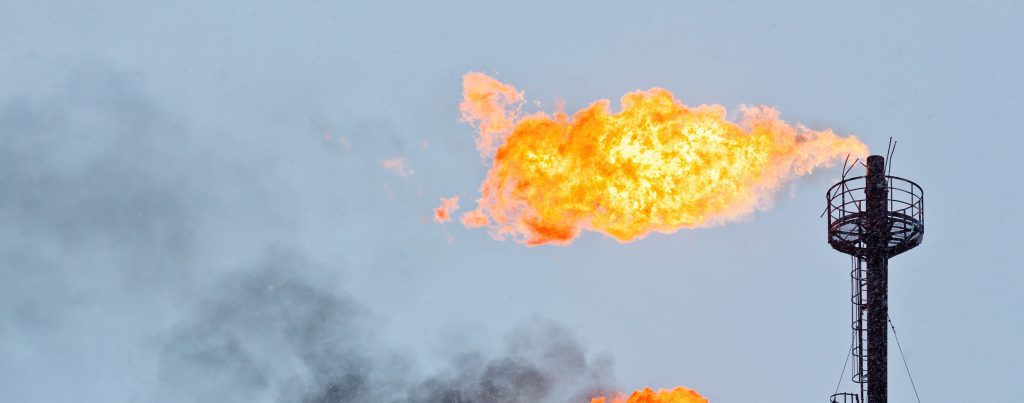Over the past week, two significant international meetings have increased the pressure on Canada to do more on climate change. The diplomatic arm-twisting has been strong enough that the federal government has had to back down on a couple of their positions.
It started in Brisbane on the weekend, where the Australian government was hosting the G20 Summit, a meeting of the world’s largest economies from both the industrialized and developing world. Most of the world leaders there, including U.S. President Obama and French President Francois Hollande, wanted climate change to be on the agenda. Three “leaders” were opposed: Prime Minister Harper, Australian Prime Minister Tony Abbott, and the Crown Prince of Saudi Arabia. Yes, these are Canada’s allies in international climate diplomacy: a climate change skeptic wedded to the Australian coal industry and the second most powerful man in charge of the oil-soaked Saudi autocracy.
In the end, after what was described as “trench warfare,” the majority—and common sense—prevailed. The final G20 statement called for “strong and effective action” on climate change and reiterated a previous G20 commitment to phase out fossil fuel subsidies. For the record, the Canadian government’s subsidies to the oil and gas sector still total in the neighbourhood of $1 billion per year, five years after the original commitment. The statement also expressed support for putting money into the Green Climate Fund to assist developing countries in addressing climate change.
This last point, financing for the Green Climate Fund, is the issue that was discussed at the other important international climate meeting of the week. The goal of the summit, hosted by Germany and attended by high-level bureaucrats from around the world, was to have governments of industrialized countries contribute new and higher amounts of money to the Green Climate Fund.
The rationale for such a fund is clear. The world’s rich, industrialized countries are largely responsible for filling up the atmosphere with carbon pollution, and yet the world’s poorest and least developed countries, who have done little to create the problem, are the ones feeling the effects first and most. This is money that can help countries in the Sahel region of Africa deal with more and more intense droughts. It can assist countries to prepare and respond to mega-storms like Typhoon Haiyan, which killed 6,000 people and displaced 4 million others a year ago in the Philippines. And it can provide resources to small island states like the Maldives to deal with rising oceans.
Many developing countries and green groups have called for $15 billion in financing to kick start the Green Climate Fund, and the goal of this week’s meeting is to get the world closer to that mark, and build trust with developing countries on the eve of the upcoming U.N. summit in Lima, Peru. You see, back in Copenhagen in 2009, the world’s industrialized countries agreed to deliver $10 billion per year in climate financing for the next three years (2010-2012) and have that funding increase to $100 billion per year by 2020. Now that the Green Climate Fund has been set up, it needs actual funds. The U.S. pledged $3 billion just last week. Japan added $1.5 billion. The summit ended earlier today and the additional pledges brought the total to just over $9 billion, still far from the $15 billion called for by developing countries and even short of the U.N.’s goal of $10 billion.
One year ago, Prime Minister Harper refused to sign onto a statement at the Commonwealth Heads of State meeting said that expressed support for the green Climate Fund. That position changed on the weekend when the Prime Minister said that Canada would contribute to the Fund. So the U.N. and other industrialized nations thought Canada would put its money on the table in Berlin. We didn’t. Even developing countries like Mongolia pledged money, joining other developing countries like Peru and Mexico.
Though it won’t help the Lima talks, it is not too late for Canada to step up to the plate and contribute its fair share. However, when Canada does make its contribution known, there are three important details we should look for:
- How much: Canada’s fair share of this initial financing should be about $600 million.
- How it is delivered: In the 2010-2012 period, the vast majority of the assistance came in the form of loans, not grants. That’s like burning down someone’s house and offering to compensate them by giving them a loan to rebuild. Canada should be giving grants that do not need to be paid back.
- What it goes towards: What developing countries need most is funding to help them adapt to climate impacts because they are already getting hammered by climate change impacts and their carbon footprints are a small fraction of Canada’s. And yet, in 2010-2012, Canada put more than 90% of its international funding towards projects to mitigate climate change, i.e. reduce carbon pollution in these countries.
Until the Canadian government delivers the right amount of money in the right form and towards the right purpose, we will have one more example of the Canadian government failing on its promise to match U.S. action on climate change.
Update: Since this blog was posted, the Government of Canada announced that it will contribute $300 million to the Green Climate Fund, though no details have been provided.







